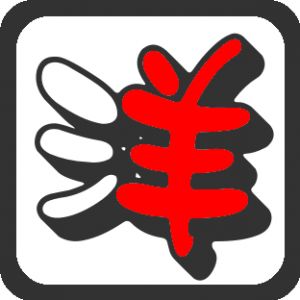https://theoutline.com/post/3615/lakota-modern-language-peter-hill?zd=2&zi=d35y4hfl
Developing neologisms is how languages survive, according to research by Ryan Denzer-King at the University of Montana. “If people are going to continue to use a language, they must be able to say what they want to say,” Denzer-King wrote in a 2008 paper. “A language with no word for ‘cell phone’ or ‘computer’ is less likely to be used by younger generations than one which innovates.” These new terms can reference tribal myths in wry ways. Among the Umatilla of Washington, there is a story of a black cloud that hovers over the coyote, foiling the coyote’s schemes by given away his location. Smartphone in Umatilla is thus “the black cloud that is always following.”
